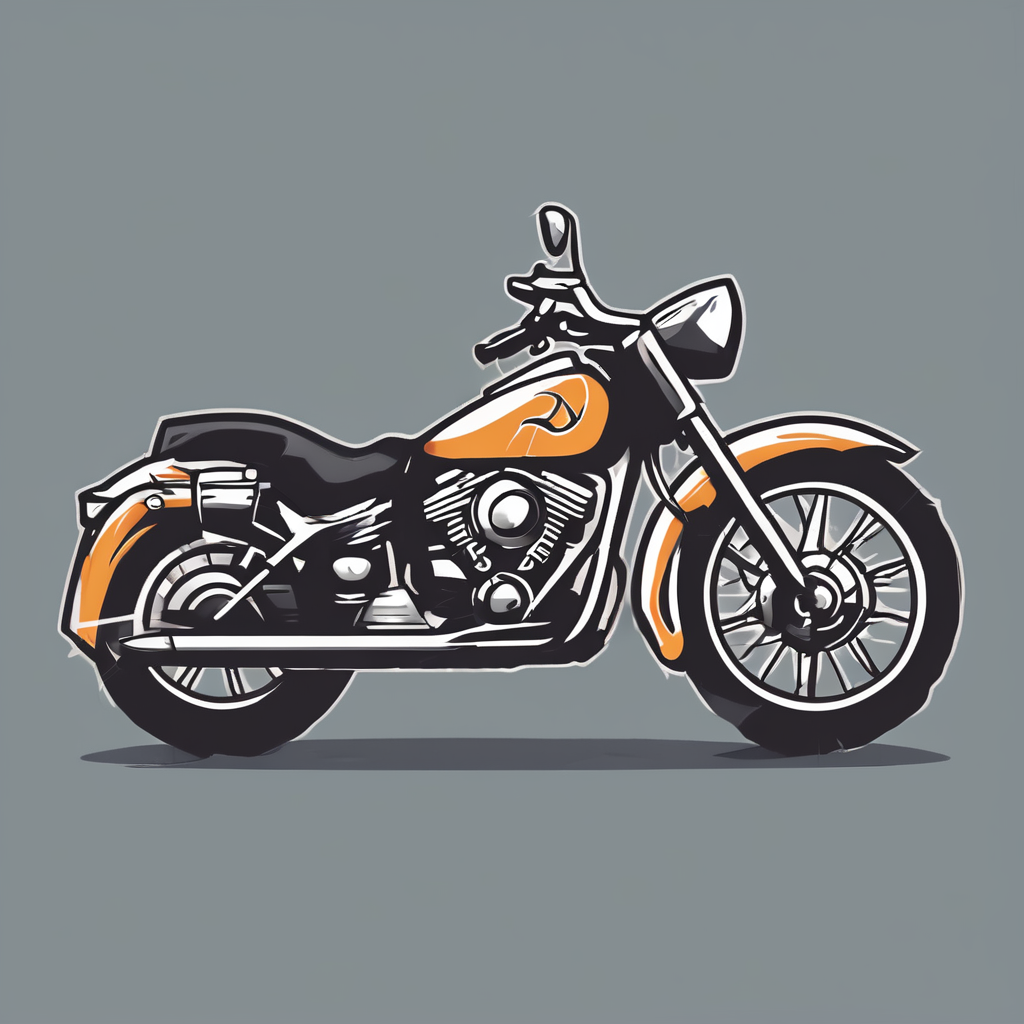Importance of Seat Positioning for Child Safety
Proper seat positioning plays a crucial role in ensuring child safety during vehicle journeys, notably in side-impact collisions. Positioning a child’s seat correctly maximizes protective measures and minimizes injury risks. Research indicates that incorrect seat positioning is a leading factor contributing to injuries. Statistical data reveals that children seated in the center of the second row in minivans have a significantly lower injury risk compared to those seated on the side. This is due to the increased buffer provided by minivan safety features such as side airbags and enhanced crumple zones.
Experts emphasize that the proximity to the point of impact is crucial; thus, ensuring that the child is positioned as far from potential collision points is essential. Proper installation reduces lateral movement, increasing protection during a collision. Using guidelines for weight and height ensures the seat fits securely, enhancing its effectiveness.
A lire aussi : Ultimate Guide to Evaluating and Ensuring Steering System Safety in UK Vehicles
Highlighting the importance of safe seat positioning, these findings urge parents to carefully consider seat placement. By doing so, it ensures that their children benefit from optimal safety and protection, making journeys safer and more secure. Investing time to ensure correct seat positioning is therefore paramount.
Understanding Side Impact Safety Features in Minivans
Minivans incorporate a myriad of safety features designed to enhance side impact protection, significantly contributing to child safety systems. Critical elements such as side airbags and crumple zones play a pivotal role during collisions by absorbing and distributing impact forces.
Dans le meme genre : Crucial safety guidelines for installing aftermarket performance exhaust systems
Comparative studies among popular minivan models reveal variance in their effectiveness in ensuring child safety. Models with higher side impact ratings often feature advanced structural reinforcements and enhanced side airbag deployment mechanisms, providing superior protection.
Side airbags are engineered to cushion and protect passengers from direct contact with the vehicle’s interior or external objects during a side collision. They typically extend from the front seats to the rear, ensuring comprehensive coverage. Additionally, crumple zones are strategically designed to deform during an impact, absorbing energy and reducing the force transmitted to occupants, thereby reducing the potential for injuries.
Investing in minivans with superior side impact ratings and advanced safety systems can significantly improve safety outcomes for children during collisions. Parents should consider these factors when choosing a minivan to maximize the protective benefits for their young passengers. Understanding these safety features is crucial for making informed decisions about vehicle purchases.
Guidelines for Correct Seat Positioning
Ensuring correct seat positioning is pivotal for optimizing child safety during vehicle journeys. Selecting the appropriate seat position depends on factors such as a child’s age, weight, and height. Younger children, especially infants and toddlers, are safest when placed in rear-facing seats as long as possible. This positioning provides extra support for their delicate head and neck. For older children, transitioning to forward-facing seats with a harness is recommended, moving to a booster seat only when they outgrow the previous stage.
Recommended Seat Positions for Various Ages
- Infants and Toddlers: Always use a rear-facing seat until they surpass the height and weight limits specified by the manufacturer.
- Preschoolers: Switch to a forward-facing seat with a harness upon reaching the limits of the rear-facing seat.
- School-age Children: Use a booster seat until the vehicle’s seat belt fits properly, usually when the child reaches around 4 feet 9 inches tall.
Factors Influencing Seat Position Decisions
Consider a child’s developmental milestones and physical growth when deciding on seat positioning. Height and weight guidelines provided by child seat manufacturers ensure the seat is used effectively, thus safeguarding the child’s well-being.
Practical Tips for Secure Installation of Child Seats
Understanding how to achieve a secure seat positioning for child seats is vital for enhancing safety. Precise child seat installation requires attention to manufacturer guidelines and vehicle specifications. This ensures optimal protection during any trip.
Begin by reading the car seat’s manual alongside your vehicle’s user guide. Each contains crucial details about anchor points and seat belt systems that are compatible with the child seat. Once understood, make sure to route the seat belt or LATCH system through the correct paths indicated on the car seat.
A common method involves tightening the seat belt or LATCH strap until the seat is tightly in place, with minimal movement. A properly installed seat should not shift more than an inch side-to-side or front-to-back.
For further assurance, consider using a car seat inspection station. These services, often provided by local safety agencies, offer expert evaluations of your installation, ensuring it’s done correctly. Such resources are invaluable for gaining peace of mind that your child seat is installed as securely as possible.
Utilising these installation tips effectively leads to safer journeys, safeguarding your young passengers in the best way possible.
Additional Resources for Parents and Caregivers
Navigating child safety in vehicles demands well-informed decisions. Exploring available parent resources can significantly impact ensuring a child’s safety. Access to reliable information empowers caregivers, equipping them with the latest child safety information and minivan safety tips.
Engaging in workshops or community events focusing on car seat safety can be incredibly valuable. These events often cover essential topics such as correct seat positioning and child seats installation, providing practical demonstrations. Many safety organizations and non-profits host these workshops throughout the year, offering access to experts for personalized consultations.
The internet offers a plethora of online tools specifically designed to aid in the selection process. These tools allow parents to check car seat compatibility with different minivan models, ensuring the chosen seat is suitable. Such resources often include up-to-date reviews and safety ratings.
Parents should also consider subscribing to newsletters from trusted child-safety agencies, which regularly provide updates on advancements and recalls related to child safety seats. This ongoing education helps maintain a high standard of safety for all journeys, making it a crucial step for conscientious caregivers.
